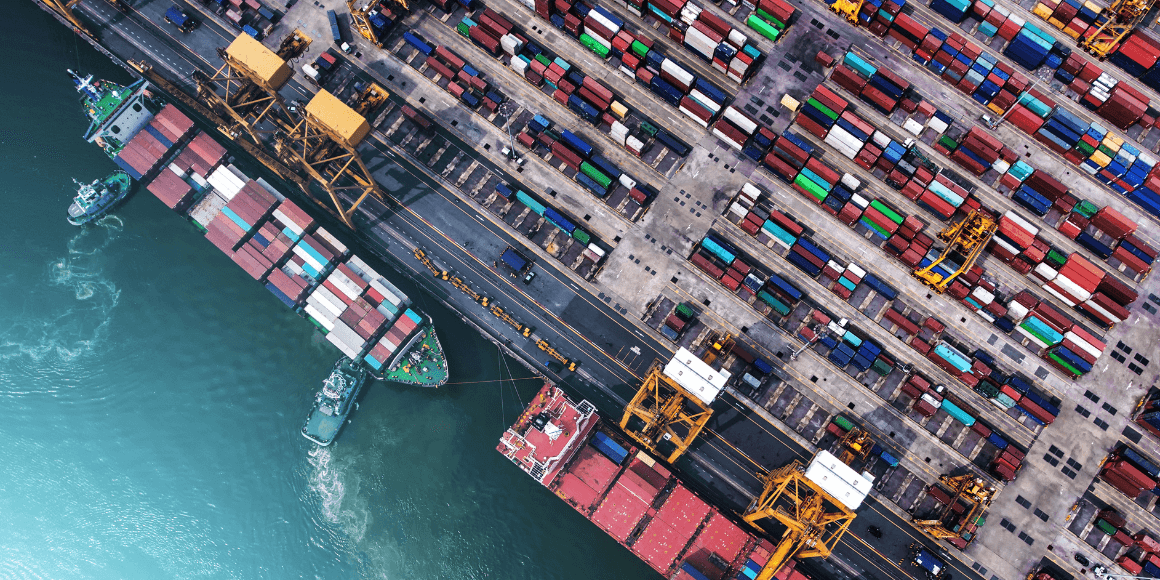Case Study: How SimWell Helped a Maritime Human Resource Dispatcher Automate Work To Save Time and Money
Overview
With the Covid-19 pandemic and the following employee shortages, being able to anticipate and react to upcoming staffing demand is critical. Our client, a workforce dispatching company in the maritime industry, wanted to make sure they were able to do so. This process is highly regulated and complex. Each job dispatched to an employee will have an impact on the following one in what is called a Cascade effect. It is impossible to see and manage all the complex interactions without advanced analytics. To help this client to do so, SimWell built a Digital Twin of the entire dispatch process.
With this simulation-based Digital Twin, our client was able to conceive new scenarios in a few clicks to react quickly, improving the level of service they provide, all while reducing the cost of planning which used to be a heavily manual process for many years.

The Business Objective
Our client's main objective was to be able to see the impact over a year of changes in the availability of employees and variation in demand for the maritime industry. With Covid-19 increasing demand for the container sector and reducing demand for cruises, the maritime industry was hit hard. The need to understand the new situation and be able to see further in the future motivated the client to work with SimWell to help them develop a digital twin of their entire dispatching process. This would allow them to understand and quantify the different scenarios.
Solution
The solution built by SimWell was a simulation-based digital twin connected to an availability model. The availability model was used to predict when an employee would be available to work on a given day. This model was trained on several years of historical data. The digital twin was able to send and receive information to this external model before the dispatching process, providing a completely streamlined process.
The output of the Digital Twin contained all the dispatch information (which job to assign to which employee at which time). This represents hundreds of thousands of lines of data. Using a BI tool, our client was able to analyze, in detail, the behavior of the model to confirm it was extremely robust and precise. It also allowed the client to get all the needed KPIs in the same format as their historical data and improved the ability to compare the scenario results to the real-life system.
The Outcome
With this solution in hand, our client was able to test multiple scenarios to plan for the following months and years. Our client was able to save hundreds of thousands of dollars per year with the initial result, while also automating the time-consuming work of manually dispatching resources using a physical board. The tool is also extremely flexible, data-driven, and user-friendly, which allowed the client to use the tool on their own and continue to test scenarios even after the end of the project. This means our client is able to keep improving and reducing costs by continuously using the tool to make better dispatching decisions.
We Can Help
Get into the new era of digitalization, and use advanced analytics tools to automatize and optimize the dispatching of your workers by taking into account all of the variables: qualifications and skillsets, productivity, overtime, absenteeism, or any other aspect of your operations. Contact us now to see how we can help!






